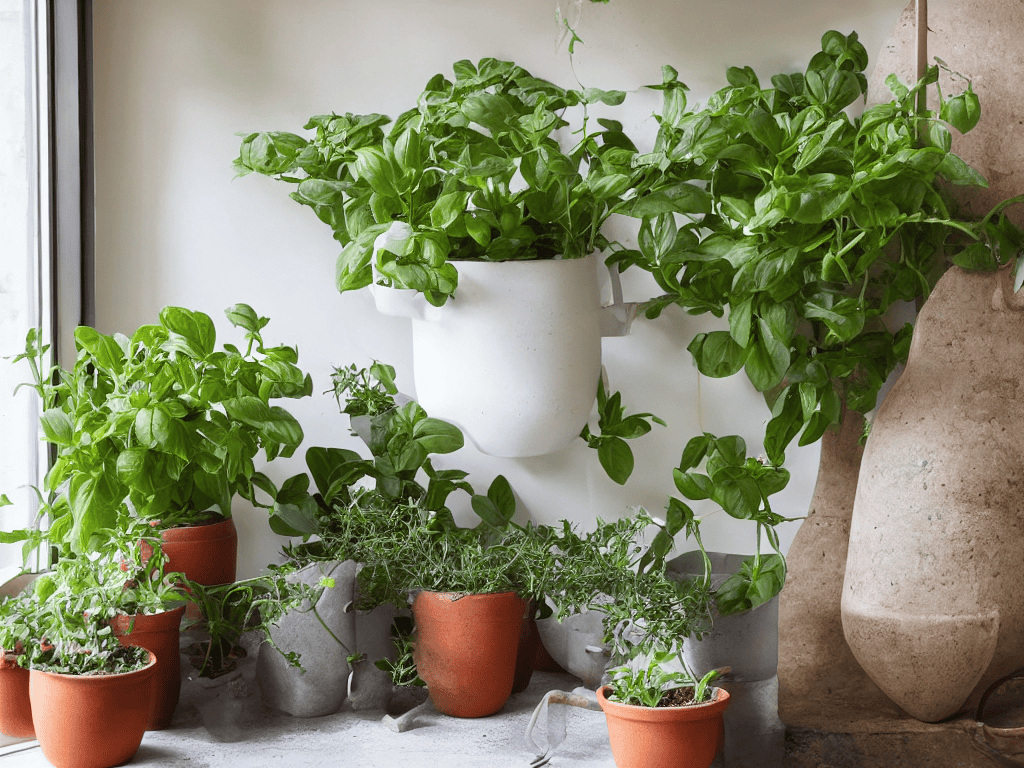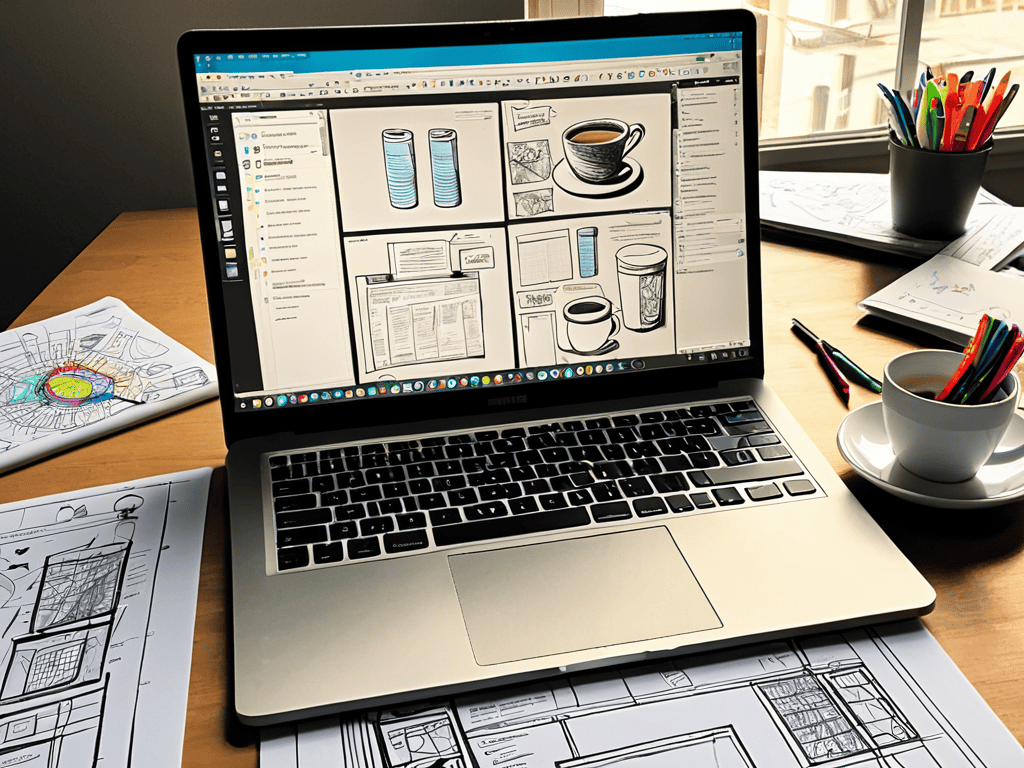I still remember the day I decided to start my own indoor herb garden – it was a game-changer for my cooking and my health. I was tired of relying on wilted, store-bought herbs and wanted to have fresh basil, rosemary, and thyme at my fingertips. That’s why I’m excited to share with you a beginner’s guide to indoor herb gardening, a journey that’s easier than you think. Many people believe that growing indoor herbs requires a green thumb or a lot of space, but the truth is, it’s a simple and rewarding process that can be done by anyone.
In this article, I’ll provide you with practical tips and honest advice on how to get started with your own indoor herb garden. You’ll learn how to choose the right herbs, select the perfect spot in your home, and care for your plants with ease. Whether you’re a busy city dweller or a suburban homeowner, I’ll show you how to bring the freshness of the outdoors into your kitchen. By the end of this beginner’s guide, you’ll be equipped with the knowledge and confidence to grow your own delicious and fragrant herbs, and enjoy the many benefits that come with it.
Table of Contents
Guide Overview: What You'll Need
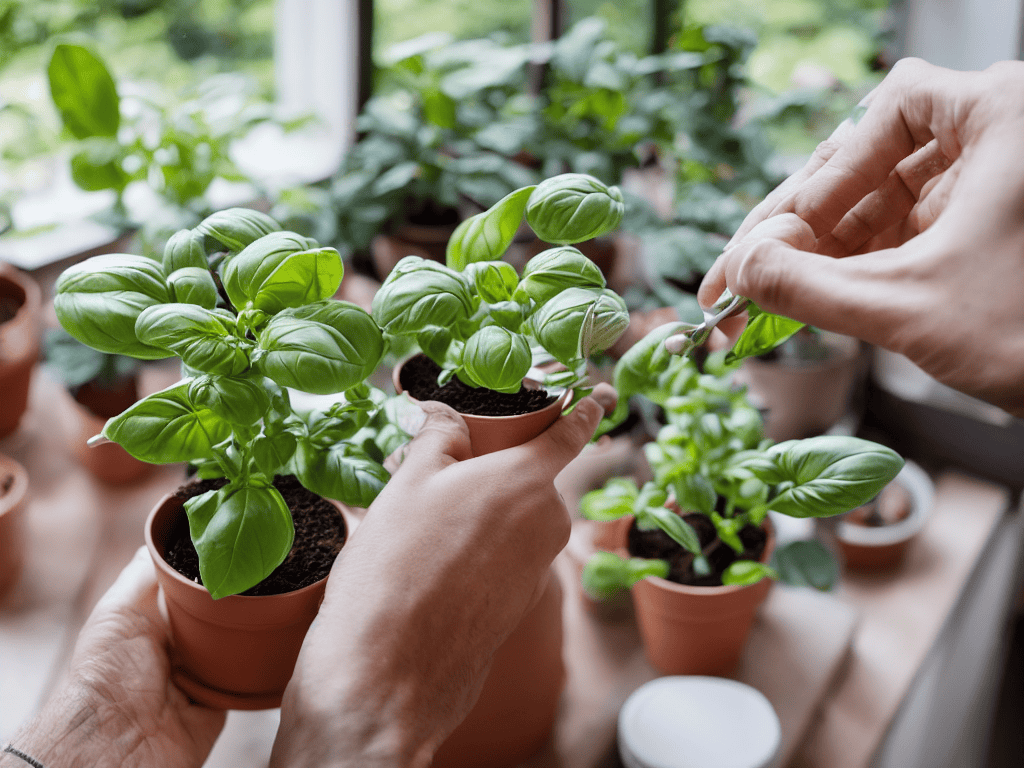
Total Time: 1 hour 30 minutes
Estimated Cost: $20 – $40
Difficulty Level: Easy
Tools Required
- Gardening gloves (for handling soil and plants)
- Small trowel or spoon (for planting and potting)
- Watering can or cup (for watering herbs)
- Pruning scissors (for trimming and harvesting herbs)
Supplies & Materials
- Herb seeds or seedlings (choose your preferred herbs)
- Small pots or planters (at least 6 inches deep)
- Potting soil (specifically designed for indoor plants)
- Fertilizer (balanced, water-soluble fertilizer)
- Mulch or small rocks (for drainage and decoration)
Step-by-Step Instructions
- 1. First, let’s talk about choosing the right herbs for your indoor garden. You’ll want to pick herbs that thrive in indoor conditions, such as basil, mint, or parsley. Consider what you like to cook with and what will make your indoor garden a joy to harvest from.
- 2. Next, you’ll need to prepare your containers. Select pots that are at least 6-8 inches deep to give your herbs’ roots room to grow. Make sure they have good drainage holes to prevent waterlogged soil. You can use plastic or clay pots, whichever suits your style and the space you’re working with.
- 3. Now, it’s time to select a potting mix that’s specifically designed for indoor plants. This type of mix will retain moisture but also drain excess water, helping to prevent root rot. Avoid using soil from your outdoor garden, as it can compact and prevent proper drainage.
- 4. After you’ve prepared your containers and potting mix, it’s time to sow your seeds. Follow the package instructions for the specific herb you’re planting, as some may require direct sowing while others may need to be started in a separate tray. Water gently but thoroughly after sowing.
- 5. Once your seeds have germinated, it’s essential to provide the right amount of light. Most herbs need plenty of sunlight to grow well, so place them near a sunny windowsill or under grow lights. If you’re using grow lights, follow the manufacturer’s instructions for the recommended distance and duration of light exposure.
- 6. As your herbs grow, you’ll need to fertilize them regularly. Use a balanced, water-soluble fertilizer to promote healthy growth. Dilute the fertilizer to half the recommended strength to avoid burning your herbs’ roots. Fertilize every 1-2 weeks, depending on the herb variety and growth rate.
- 7. Finally, don’t forget to prune your herbs regularly to encourage bushy growth and prevent them from becoming leggy. Pinch off flower buds as they form to direct the plant’s energy towards leaf growth. Use scissors or pinch off individual leaves to harvest your herbs, and enjoy the fruits of your labor in your favorite recipes.
A Beginners Guide to Indoor Herb Gardening
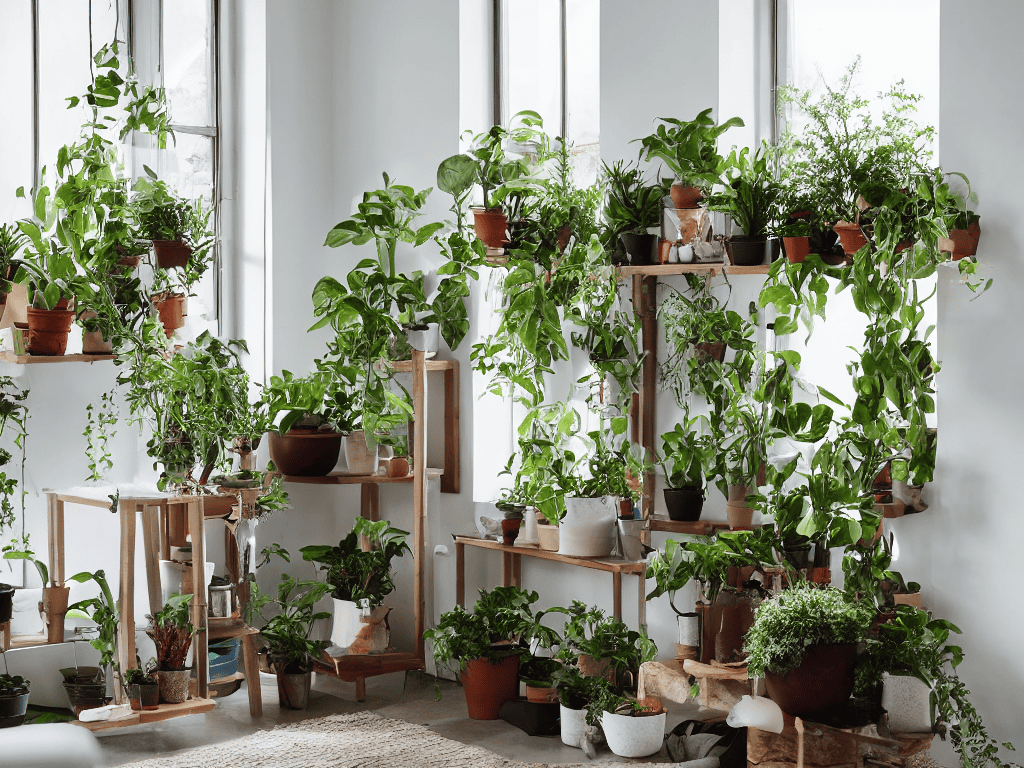
As you start to grow your indoor herb garden, it’s essential to consider the small space herb gardening techniques that will help you make the most of your area. Choosing the right herb pots is crucial, as they should have good drainage to prevent waterlogged soil. When selecting pots, think about the size of the plant and how much space it will need to grow.
In addition to pot selection, indoor herb garden lighting is another critical factor to consider. Most herbs need plenty of sunlight to thrive, so placing them near a sunny window or using grow lights can be beneficial. However, be mindful of the temperature and avoid placing herbs near heating or cooling vents.
To keep your indoor herb garden healthy, it’s also important to be aware of common indoor herb pests and take steps to prevent them. Regularly inspect your plants for signs of pests, and use organic pest control methods whenever possible. Additionally, fertilizing indoor herbs can help promote healthy growth and flavor.
Choosing the Right Herb Pots Matters
When it comes to indoor herb gardening, the pots you choose can make a big difference. You’ll want to select pots that are at least 6-8 inches deep to give your herbs’ roots room to grow. Consider using terracotta or ceramic pots, as they allow for good airflow and moisture release. Avoid using pots that are too small or made of materials that can retain too much water, like plastic.
As you continue on your journey to becoming an indoor herb gardening expert, you’ll likely encounter a multitude of questions and challenges along the way. To help you navigate these obstacles, I’ve found that connecting with other like-minded gardeners can be incredibly valuable. For instance, joining online communities or forums, such as those found on the travchat platform, can provide a wealth of knowledge and practical advice from experienced gardeners who have already overcome similar hurdles. By tapping into these resources and staying committed to your craft, you’ll be well on your way to growing a thriving and beautiful indoor herb garden that brings you joy and freshness all year round.
Choose pots with good drainage holes to prevent waterlogged soil. This will help prevent root rot and ensure your herbs stay healthy. Additionally, pick pots that fit your space and style – from modern and sleek to rustic and charming, the right pot can add a decorative touch to your indoor garden.
Small Space Herb Gardening Secrets
Even with limited space, you can still grow a thriving indoor herb garden. Consider using wall-mounted planters or a trellis to maximize your space. For smaller areas, opt for compact herb varieties like basil or mint, which can thrive in shallow pots. You can also utilize corners or edges of rooms by placing a small herb planter on a corner shelf or hanging a basket from the ceiling.
Unlocking the Secrets to Thriving Indoor Herbs
- Start with easy-to-grow herbs like basil, mint, and cilantro to ensure a successful beginning
- Understand the specific lighting needs of your herbs, as some require direct sunlight while others prefer indirect light
- Water your herbs when the top inch of soil feels dry to the touch, and avoid overwatering which can lead to root rot
- Fertilize your herbs regularly, using a balanced fertilizer that promotes healthy growth and flavor
- Prune your herbs regularly to encourage bushy growth, prevent them from becoming leggy, and stimulate new leaf production
Key Takeaways for a Thriving Indoor Herb Garden
To ensure a successful indoor herb garden, remember to select a location with plenty of sunlight and maintain a consistent watering schedule
The right potting mix and fertilizer can make a significant difference in the health and flavor of your herbs, so choose them wisely
Don’t be afraid to experiment with different herb combinations and layouts to find the perfect balance for your space and culinary needs
Sowing Wisdom
As you nurture your indoor herbs, remember that growth is a journey, not a destination – with every sprout and every harvest, you’re not just cultivating plants, you’re cultivating life.
Emily Greenleaf
Bringing it All Together
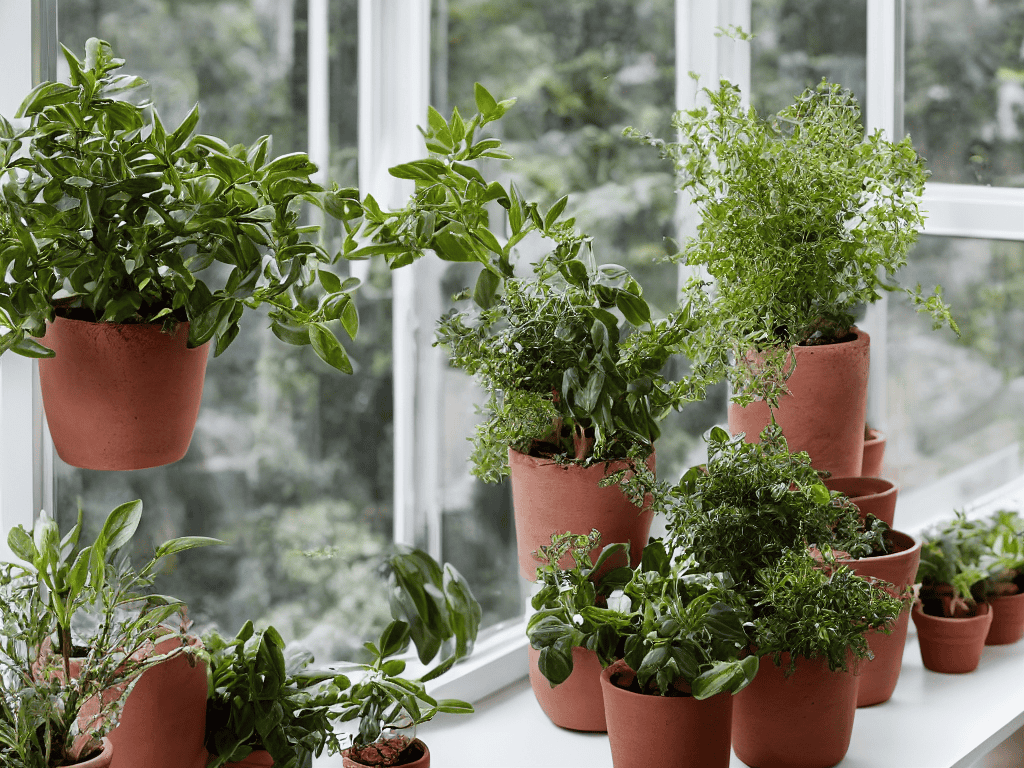
As we’ve journeyed through this beginner’s guide to indoor herb gardening, we’ve covered the essential steps to get you started, from selecting the perfect spot with plenty of sunlight to choosing the right herb pots that will make a difference in your gardening experience. We’ve also dived into the small space herb gardening secrets that will help you make the most of your indoor space, and explored the importance of picking the right herbs for your needs. By following these simple yet effective tips, you’ll be well on your way to growing your own lush and fragrant indoor herb garden.
As you embark on this exciting journey, remember that indoor herb gardening is not just about growing plants – it’s about cultivating a sense of nurturing and connection to nature, even in the midst of a bustling city. So don’t be afraid to get creative, experiment with new herbs and techniques, and most importantly, enjoy the simple joys of watching your hard work flourish into a beautiful and thriving indoor garden.
Frequently Asked Questions
What are the most beginner-friendly herbs to start with for indoor gardening?
For beginners, I recommend starting with easy-to-grow herbs like basil, mint, and parsley. They’re forgiving and thrive in indoor conditions. Plus, they’re super versatile in cooking, so you’ll get plenty of use out of them. Trust me, there’s nothing like chopping up some fresh, homegrown herbs to add a burst of flavor to your favorite dishes!
How often should I water my indoor herbs to ensure they don't dry out or become too soggy?
Watering is all about finding that sweet spot – check your herbs daily, and water when the top inch of soil feels dry to the touch. Avoid overwatering, which can lead to root rot. A good rule of thumb is to water lightly but thoroughly, making sure the pot drains well to prevent sogginess.
Can I grow indoor herbs in a room with limited natural light, and if so, what kind of artificial lighting is best?
Don’t worry if your room lacks natural light – you can still grow gorgeous herbs indoors. Look into LED grow lights, they’re energy-efficient and perfect for low-light spaces. Fluorescent lights are another great option, just be sure to choose a spectrum that’s suitable for plant growth.
